Technological Innovations in Design
Technological innovations in design and materials are transforming the Escape Hoods Market. Manufacturers are increasingly utilizing advanced materials that enhance the performance and comfort of escape hoods. Innovations such as lightweight fabrics and improved filtration systems are becoming more prevalent, which may lead to increased adoption rates among consumers. Market data indicates that the segment of high-tech escape hoods is expected to grow significantly, potentially reaching a market share of 30% by 2026. This trend suggests that as technology continues to evolve, the Escape Hoods Market will likely see a shift towards more sophisticated and efficient products.
Rising Awareness of Safety Standards
The increasing awareness of safety standards among consumers and industries appears to be a driving force in the Escape Hoods Market. As individuals and organizations prioritize safety, the demand for effective escape hoods has surged. Regulatory bodies have established stringent guidelines for safety equipment, which has led to a heightened focus on compliance. This trend is reflected in the market data, indicating a projected growth rate of approximately 6% annually over the next five years. The emphasis on safety in various sectors, including construction and manufacturing, suggests that the Escape Hoods Market will continue to expand as companies seek to meet these standards.
Focus on Employee Safety and Well-being
The focus on employee safety and well-being is becoming increasingly prominent in various industries, which is positively impacting the Escape Hoods Market. Companies are prioritizing the health and safety of their workforce, leading to a greater emphasis on providing adequate safety equipment. This trend is supported by market data showing that organizations investing in employee safety are likely to experience lower accident rates and higher productivity. As a result, the demand for escape hoods is expected to grow, suggesting that the Escape Hoods Market will benefit from this heightened focus on workplace safety.
Increased Investment in Emergency Preparedness
Increased investment in emergency preparedness by both public and private sectors is a notable driver for the Escape Hoods Market. Governments and organizations are recognizing the importance of being prepared for emergencies, which has led to enhanced funding for safety equipment. This investment is reflected in market data, which suggests that the emergency preparedness sector is expected to grow by 8% annually. As more entities allocate resources towards safety measures, the demand for escape hoods is likely to rise, indicating a positive outlook for the Escape Hoods Market in the coming years.
Growing Urbanization and Infrastructure Development
The trend of growing urbanization and infrastructure development is likely to bolster the Escape Hoods Market. As urban areas expand, the need for safety equipment in densely populated regions becomes more critical. Construction projects and high-rise buildings necessitate the use of escape hoods to ensure the safety of workers and residents. Market analysis shows that regions experiencing rapid urban growth are witnessing a surge in demand for safety equipment, including escape hoods. This trend indicates that the Escape Hoods Market could see substantial growth, particularly in emerging markets where infrastructure development is a priority.


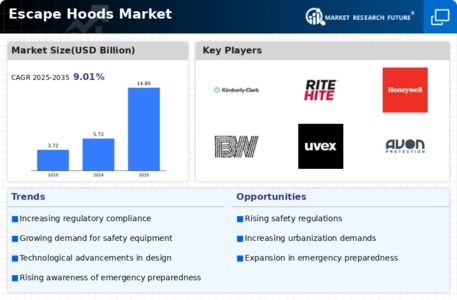
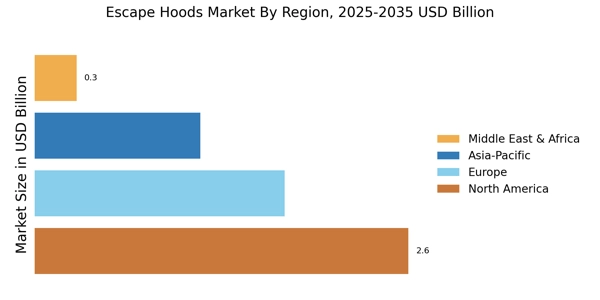

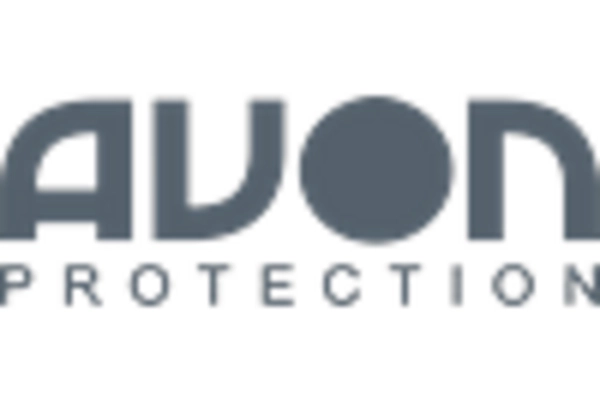
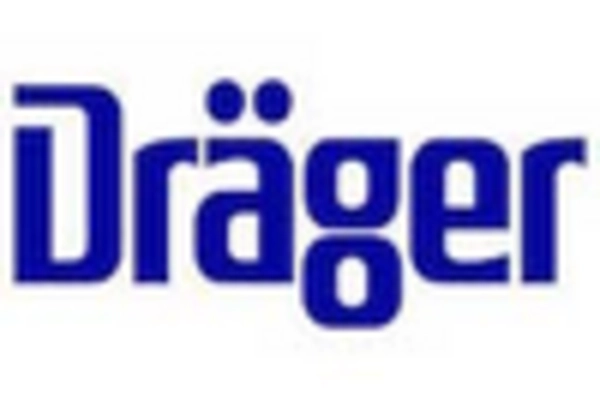

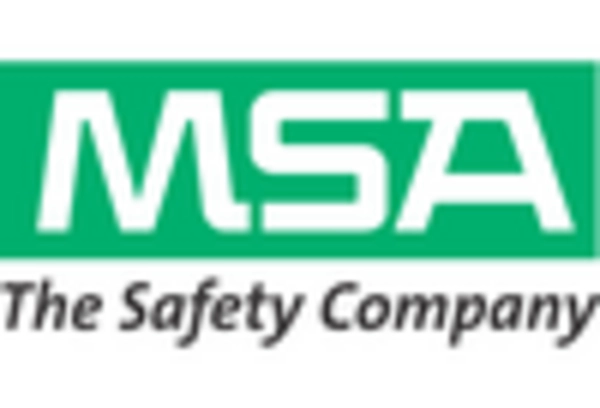
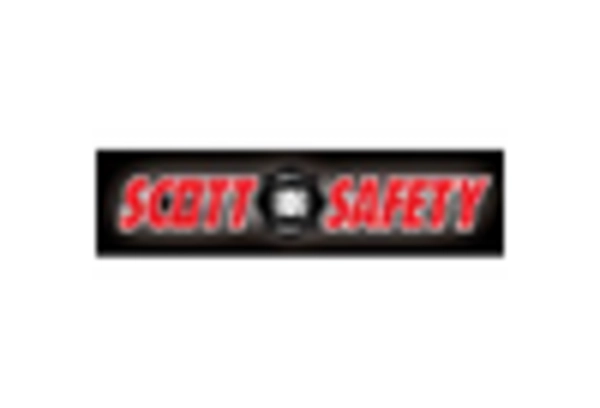








Leave a Comment